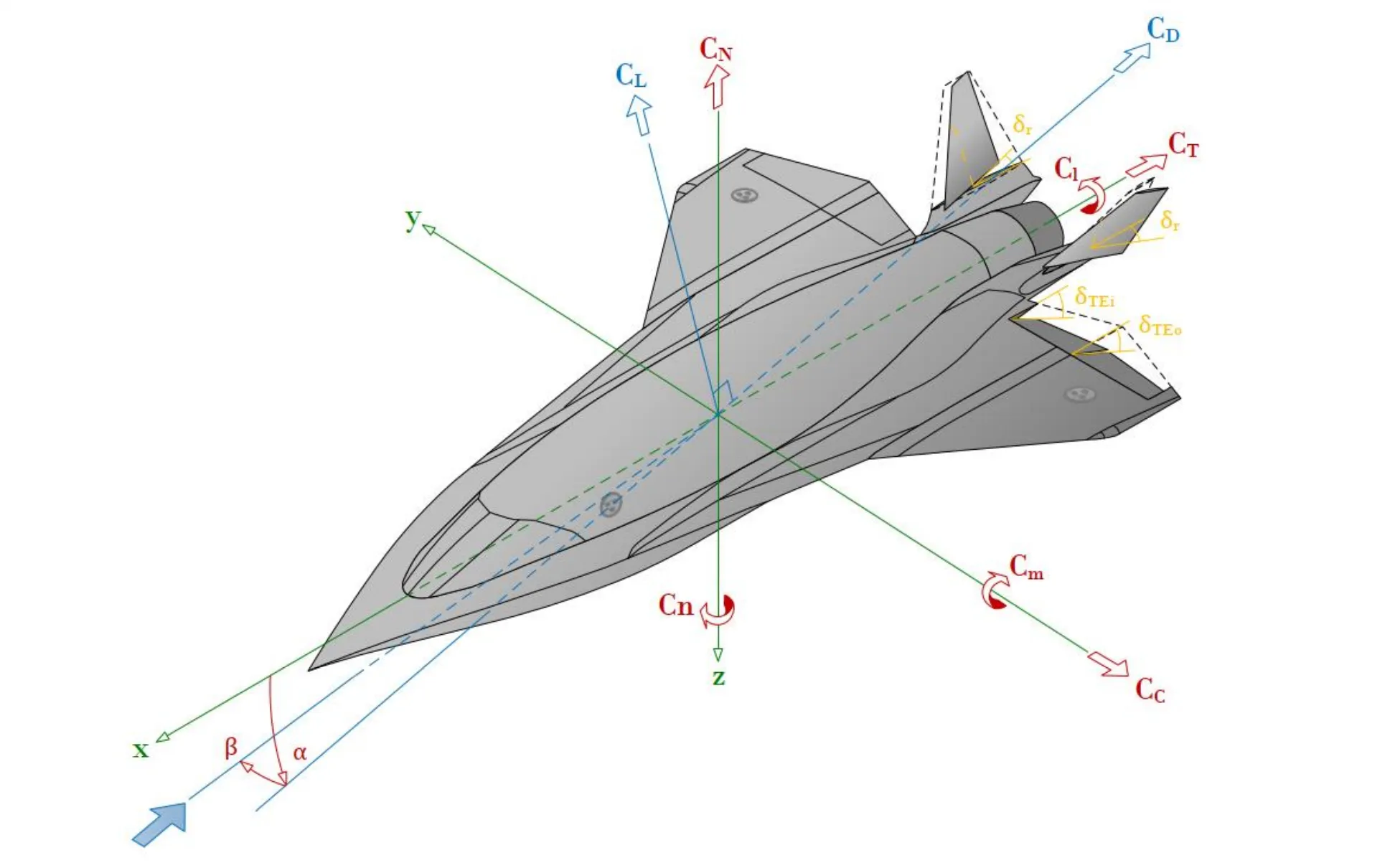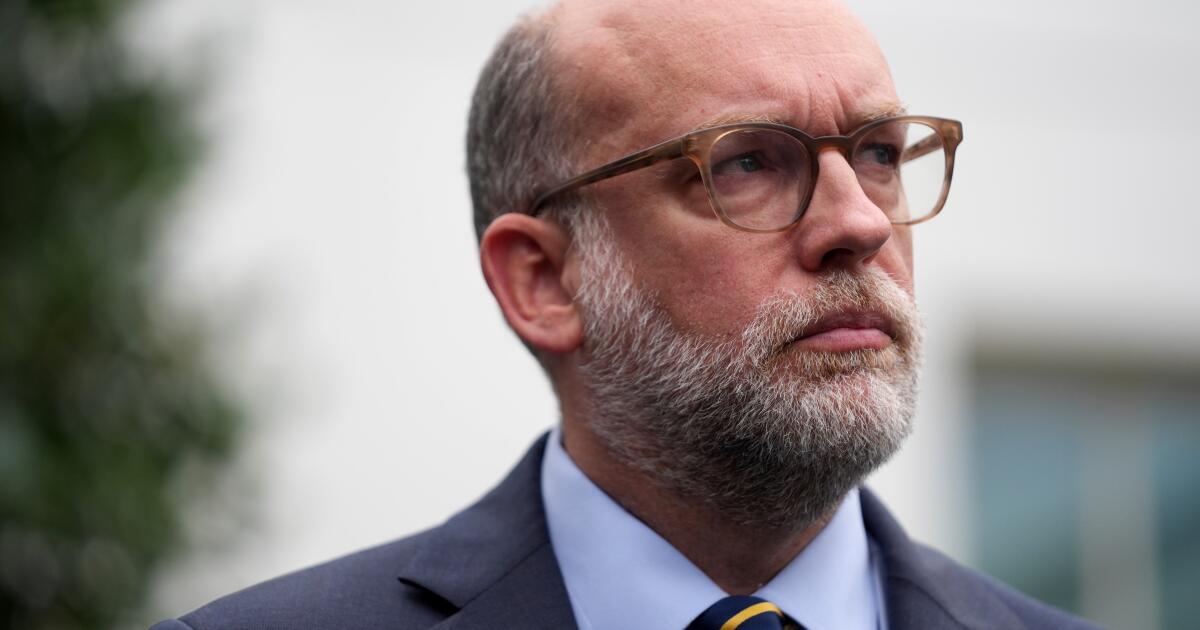Trump administration says ‘school lunch money’ could cover SNAP benefits
The Trump administration spent Friday fighting to avoid restoring $4 billion in food assistance in jeopardy due to the government shutdown, suggesting it might need to “raid school-lunch money” in order to comply with court orders.
The claim was part of a break-neck appeal in the 1st Circuit Court of Appeals on Friday, where the government hoped to duck a court order that would force it to pay out for food stamps — formally called the Supplemental Nutrition Assistance Program, or SNAP — through November.
“There is no lawful basis for an order that directs USDA to somehow find $4 billion in the metaphorical couch cushions,” Assistant Atty. Gen. Brett A. Shumate wrote in the appeal.
The administration’s only option would be to “to starve Peter to feed Paul” by cutting school lunch programs, Shumate wrote.
On Friday afternoon, the appellate court declined to immediately block the lower court’s order, and said it would quickly rule on the merits of the funding decree.
SNAP benefits are a key fight in the ongoing government shutdown. California is one of several states suing the administration to restore the safety net program while negotiations continue to end the stalemate.
Millions of Americans have struggled to afford groceries since benefits lapsed Nov. 1, inspiring many Republican lawmakers to join Democrats in demanding an emergency stopgap.
The Trump administration was previously ordered to release contingency funding for the program that it said would cover benefits for about half of November.
But the process has been “confusing and chaotic” and “rife with errors,” according to a brief filed by 25 states and the District of Columbia.
Some states, including California, have started disbursing SNAP benefits for the month. Others say the partial funding is a functional lockout.
“Many states’ existing systems require complete reprogramming to accomplish this task, and given the sudden — and suddenly changing — nature of USDA’s guidance, that task is impossible to complete quickly,” the brief said.
“Recalculations required by [the government’s] plan will delay November benefits for [state] residents for weeks or months.”
On Thursday, U.S. District Judge John McConnell Jr. of Rhode Island ordered the full food stamp payout by the end of the week. He accused the administration of withholding the benefit for political gain.
“Faced with a choice between advancing relief and entrenching delay, [the administration] chose the latter — an outcome that predictably magnifies harm and undermines the very purpose of the program it administers,” he wrote.
“This Court is not naïve to the administration’s true motivations,” McConnell wrote. “Far from being concerned with Child Nutrition funding, these statements make clear that the administration is withholding full SNAP benefits for political purposes.”
The appeal could extend that deadline by as little as a few hours, or nullify it entirely.
But the latter may be unlikely, especially following the appellate court’s decision late Friday. The 1st Circuit is currently the country’s most liberal, with five active judges, all of whom were named to the bench by Democratic presidents.
While the court deliberates, both sides are left sparring over how many children will go hungry if the other prevails.
More than 16 million children rely on SNAP benefits. Close to 30 million are fed through the National School Lunch Program, which the government now says it must gut to meet the court’s order.
But the same pool of cash has already been tapped to extend Women, Infants and Children, which is a federal program that pays for baby formula and other basics for some poor families.
“This clearly undermines the Defendants’ point, as WIC is an entirely separate program from the Child Nutrition Programs,” McConnell wrote.
In its Friday order, the 1st Circuit panel said it would issue a full ruling “as quickly as possible.”

















